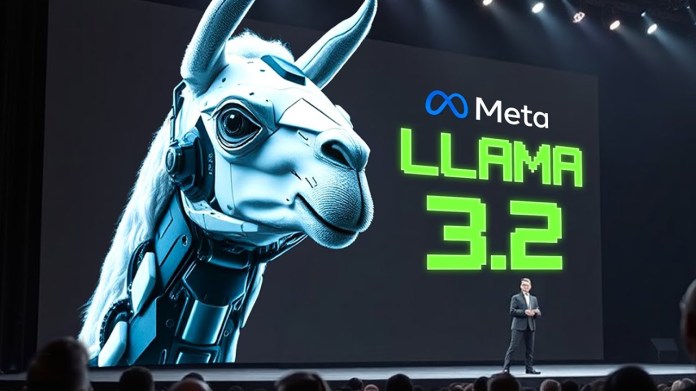Meta has released Llama 3.2, the latest in the family of open-source large language models (LLMs). Llama 3.2 has a range of highly customizable and efficient AI models with big improvements in text only and multimodal capabilities. This will be good for everything from mobile to enterprise systems and cements Meta as the leader in open-source AI.
A Broad Range of Models: From 1B to 90B Parameters
The Llama 3.2 release has models with 1B to 90B parameters to cover different use cases. The 1B and 3B models are for mobile and edge devices so you can have efficient on-device AI. The 11B and 90B models have multimodal capabilities to process and interpret text and high res visual data.
“The range of models in Llama 3.2 covers industry needs from lightweight mobile to complex multimodal enterprise tasks,” said Meta’s Chief AI Scientist Dr. Yann LeCun in the release. “We want to give developers options to scale AI according to their needs.”
Lightweight Models for Edge and Mobile Applications
The smaller models, 1B and 3B, are designed to be drop in for devices with limited compute. These lightweight models are for mobile and edge applications that need low latency. For example, these models can summarize mobile conversations, integrate with on-device calendars or provide real-time translations all while running in constrained environments.
In addition to being scalable, these models have practical implications for mobile development. Meta has partnered with companies like ARM, MediaTek and Qualcomm to ensure Llama’s lightweight models are optimized for mobile and edge computing platforms. This means more AI can be deployed without server side processing and more accessibility and innovation in low resource environments.
Multimodal Capabilities: Text and Visual Data Integration
Llama 3.2 also goes beyond AI by having multimodal models that can process text and visual data. The 11B and 90B models can interpret high res images with text, which means new possibilities in visual reasoning where AI systems need to understand and generate information from complex visual inputs. This is particularly useful for industries that use image recognition, healthcare diagnostics to self driving cars.
Llama 3.2 has real world applications. According to Meta’s research team, these models could be used in medical imaging where the AI can interpret diagnostic images and produce text reports for doctors. This would streamline workflows where visual and text data are combined, and improve efficiency and accuracy.
Developer-Centric Features: The Llama Stack
One of the key components of Llama 3.2 is the Llama Stack. This is a developer centric platform that makes building, tuning and deploying AI models easy. Designed to be versatile, the Llama Stack supports agent tool calling, safety guardrails and inference loops so developers can build advanced AI solutions across many applications.
Meta has made it so developers can work in their favourite programming languages – Python, Node.js, Kotlin and Swift. The Llama Stack also has flexible deployment options so developers can run their models on-premises, locally hosted systems or directly on mobile devices.
“Llama 3.2’s developer tools make it possible for engineers to get AI models to production in record time,” said a Meta engineer. “The streamlined process and extensive APIs reduce the barriers to entry for developers and will enable a bigger AI ecosystem.”
Benchmarked Performance and Real-World Impact
Llama 3.2 has been tested on 150+ benchmark datasets across language comprehension to image processing. The results show significant improvement in general reasoning, tool use and multilingual capabilities and is ahead of many other AI models.
Notable is the model’s multilingual capabilities. With its ability to process and generate text in multiple languages Llama 3.2 can be used in global applications where language is a key factor. And its image understanding and visual reasoning has been benchmarked against real world tasks and is very good at interpreting complex visual data.
Growing Ecosystem and Industry Partnerships
Llama 3.2 is released with industry partnerships. Dell Technologies is one of the companies that will distribute Llama Stack so enterprise customers can integrate Llama models into their workflows. By partnering with ARM, MediaTek and Qualcomm, Meta can run Llama models on mobile processors and reach millions of devices worldwide.
Real world Llama models are already being used in many industries. Zoom has integrated Llama into its AI powered companion tool to boost productivity with features like automated meeting summaries. DoorDash is using Llama to improve team collaboration and speed up internal code reviews. Even gaming companies like Niantic are using Llama models to generate dynamic environment specific animations in AR games.


